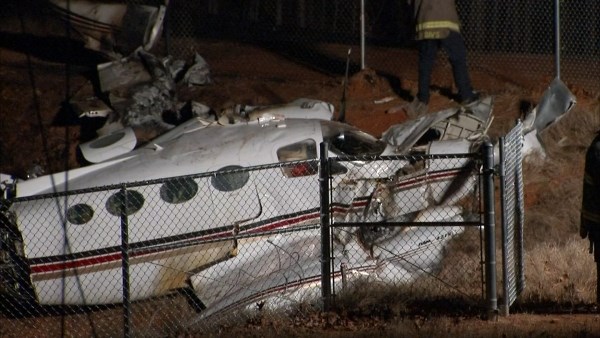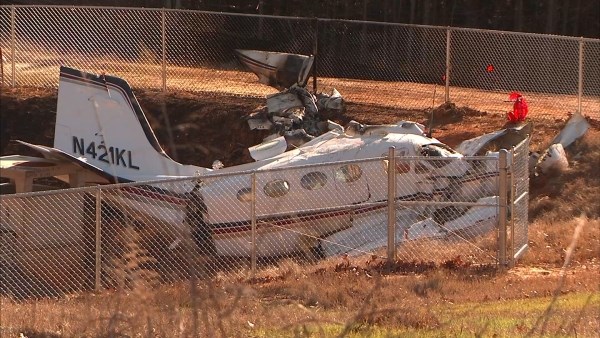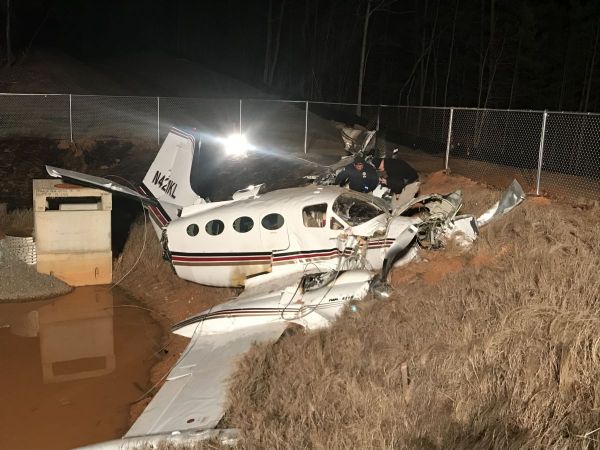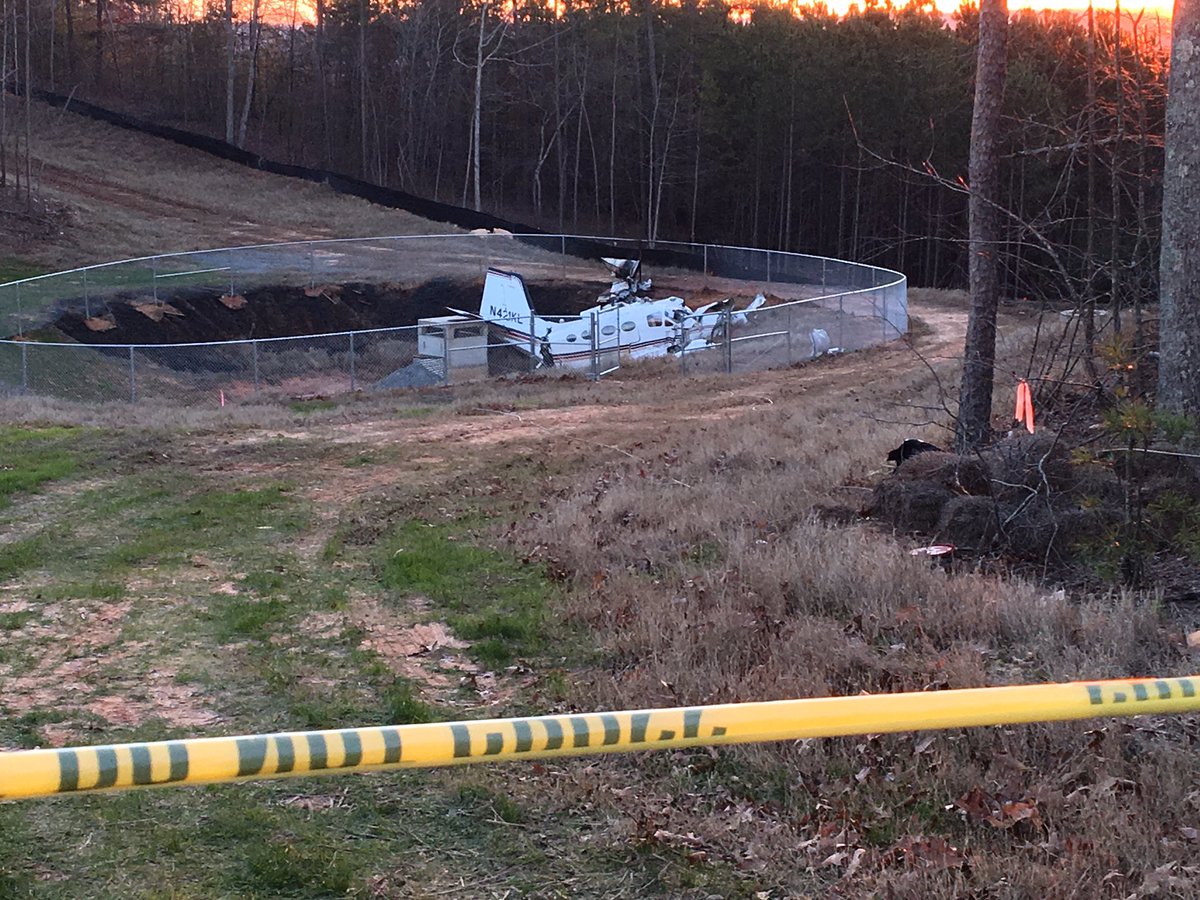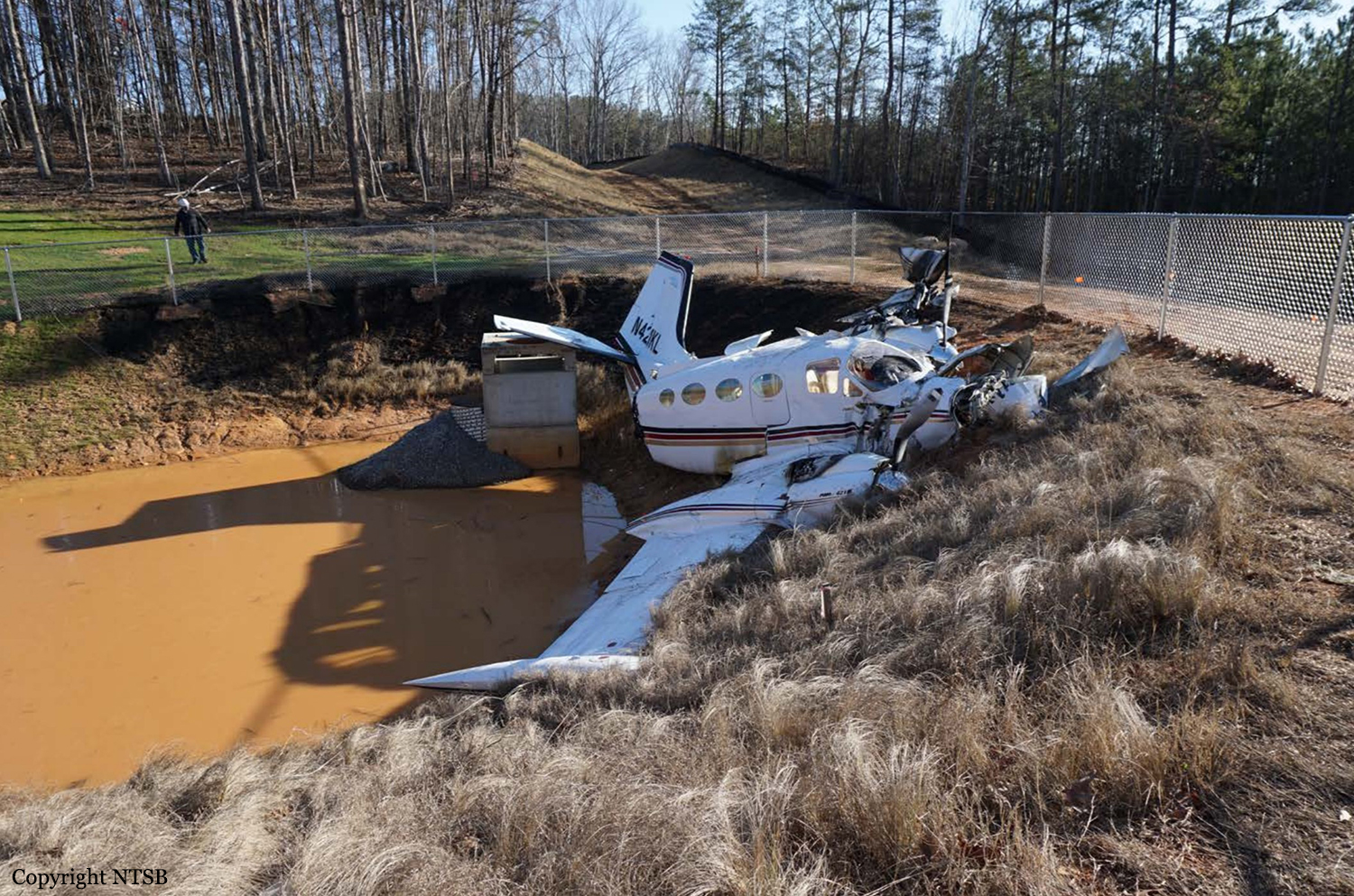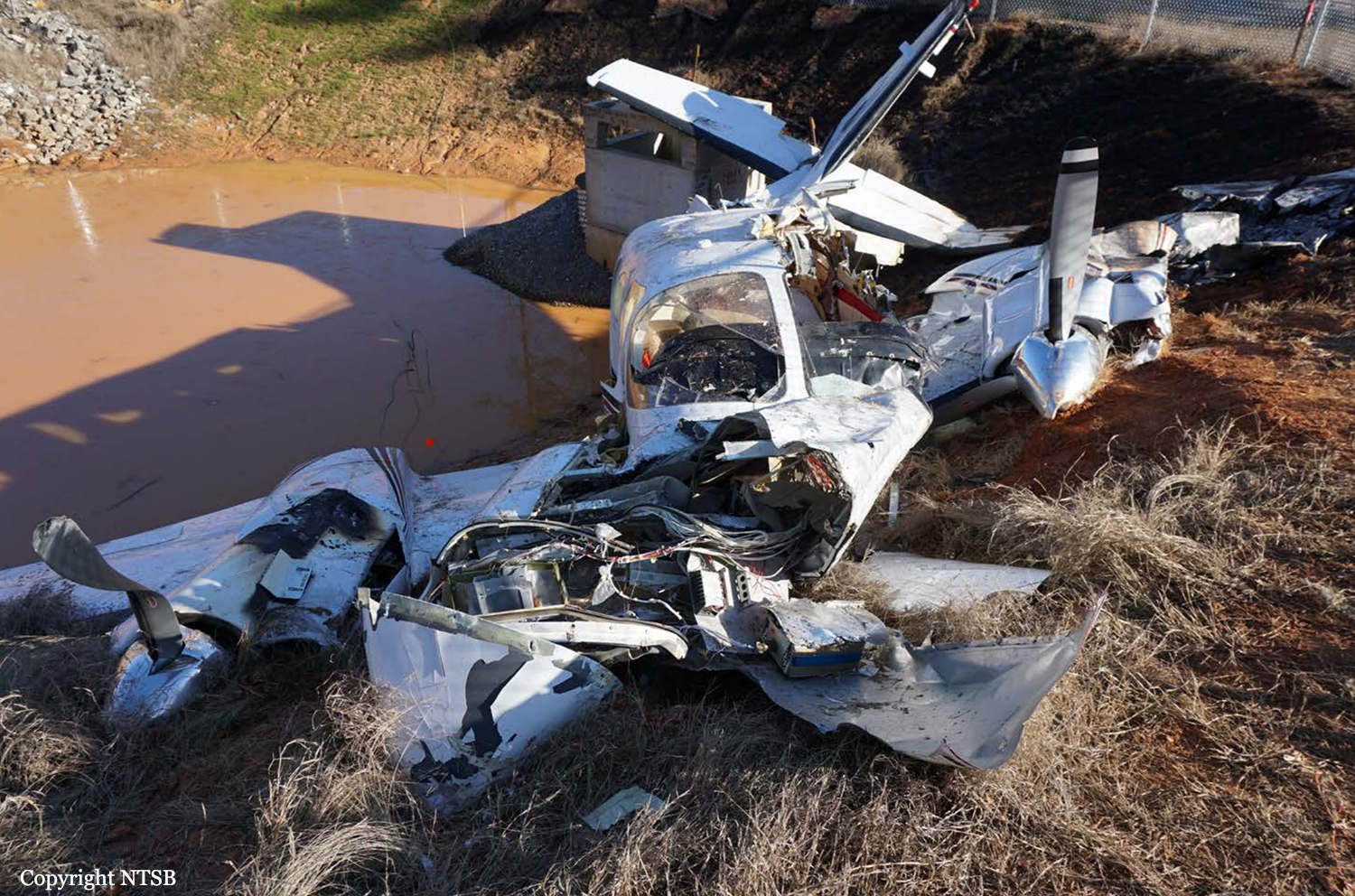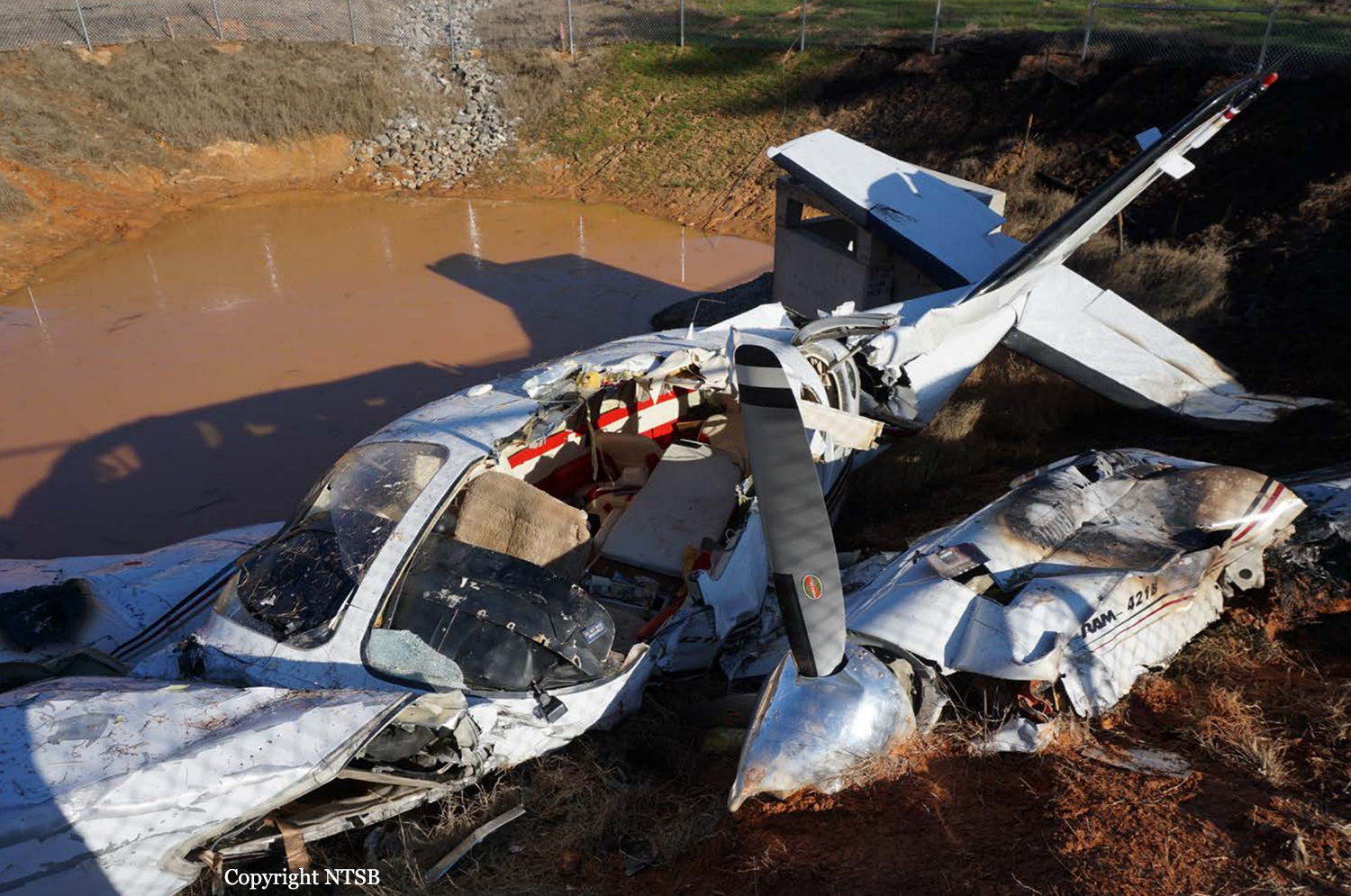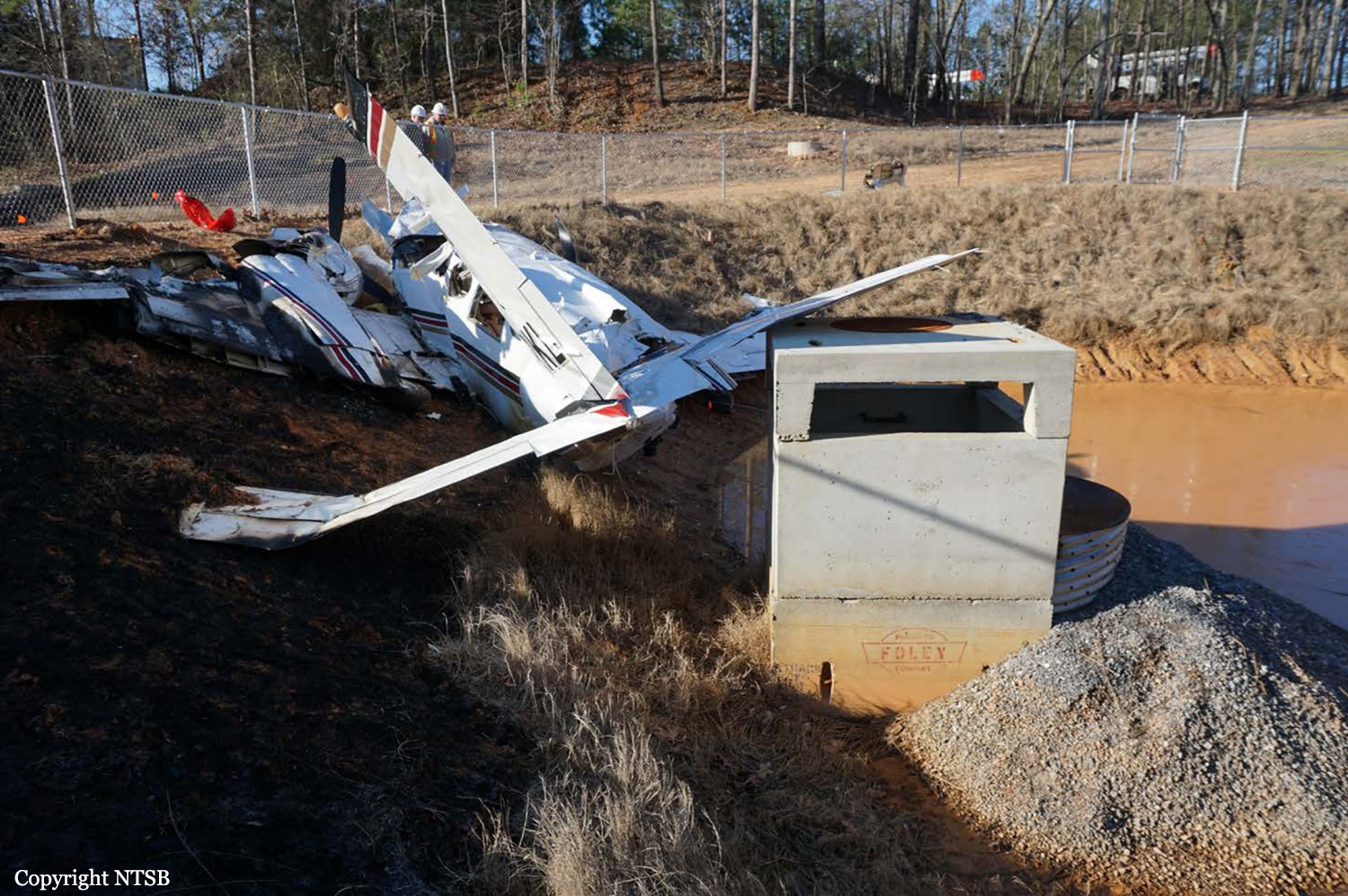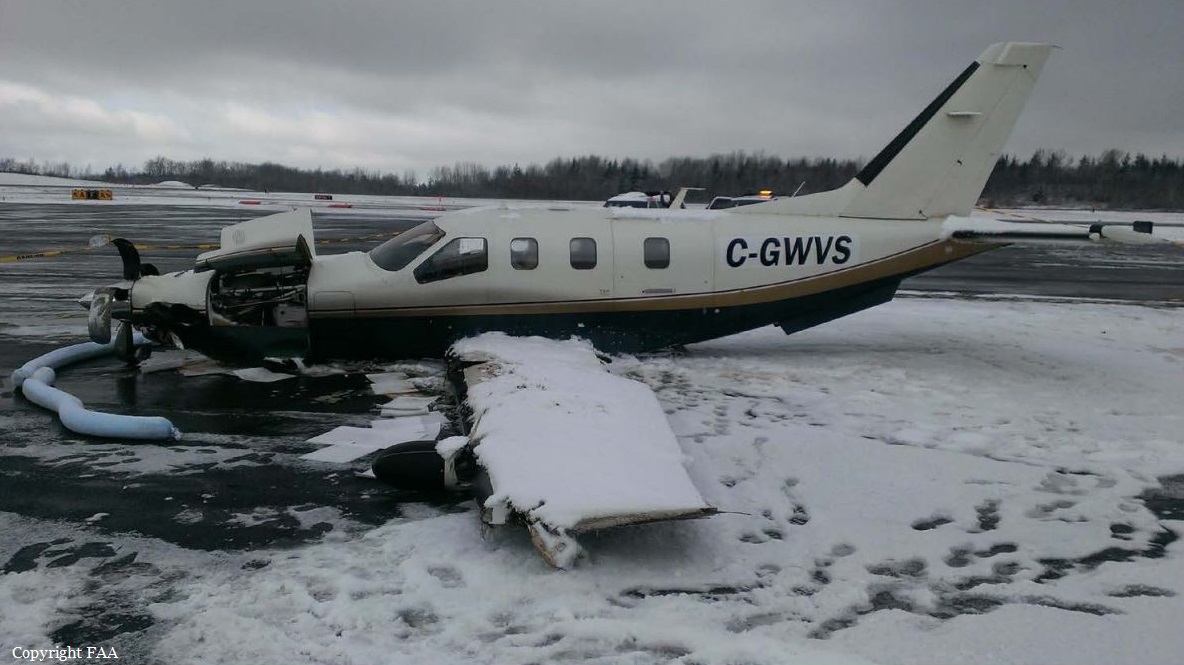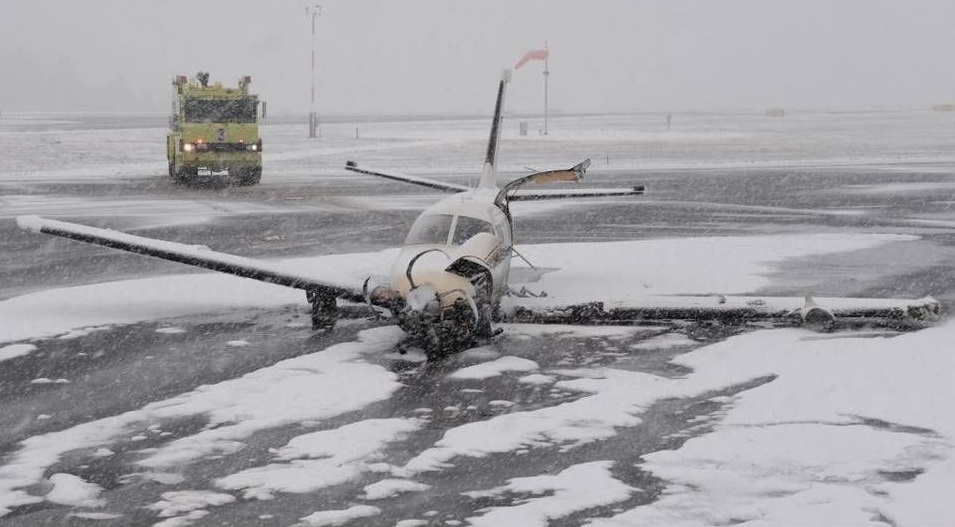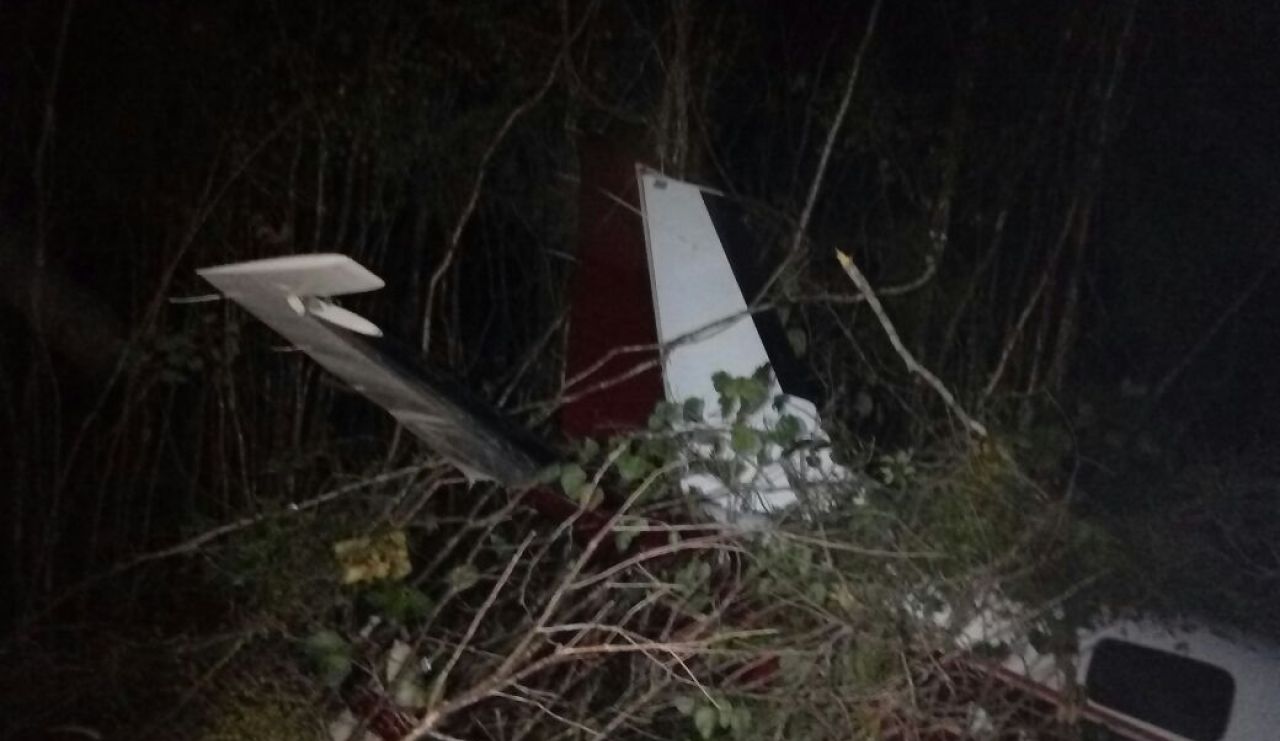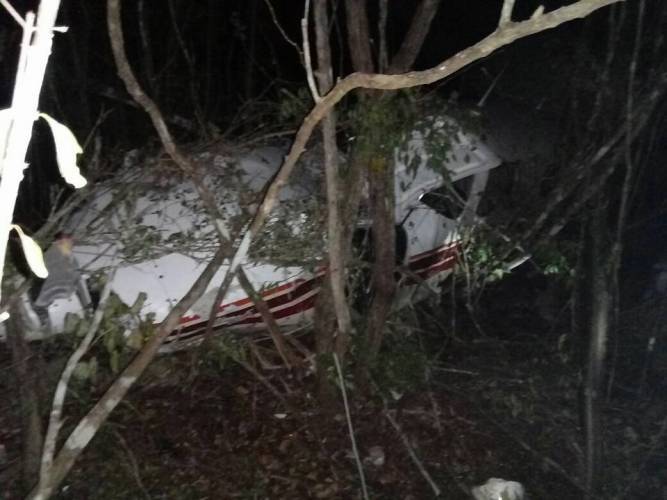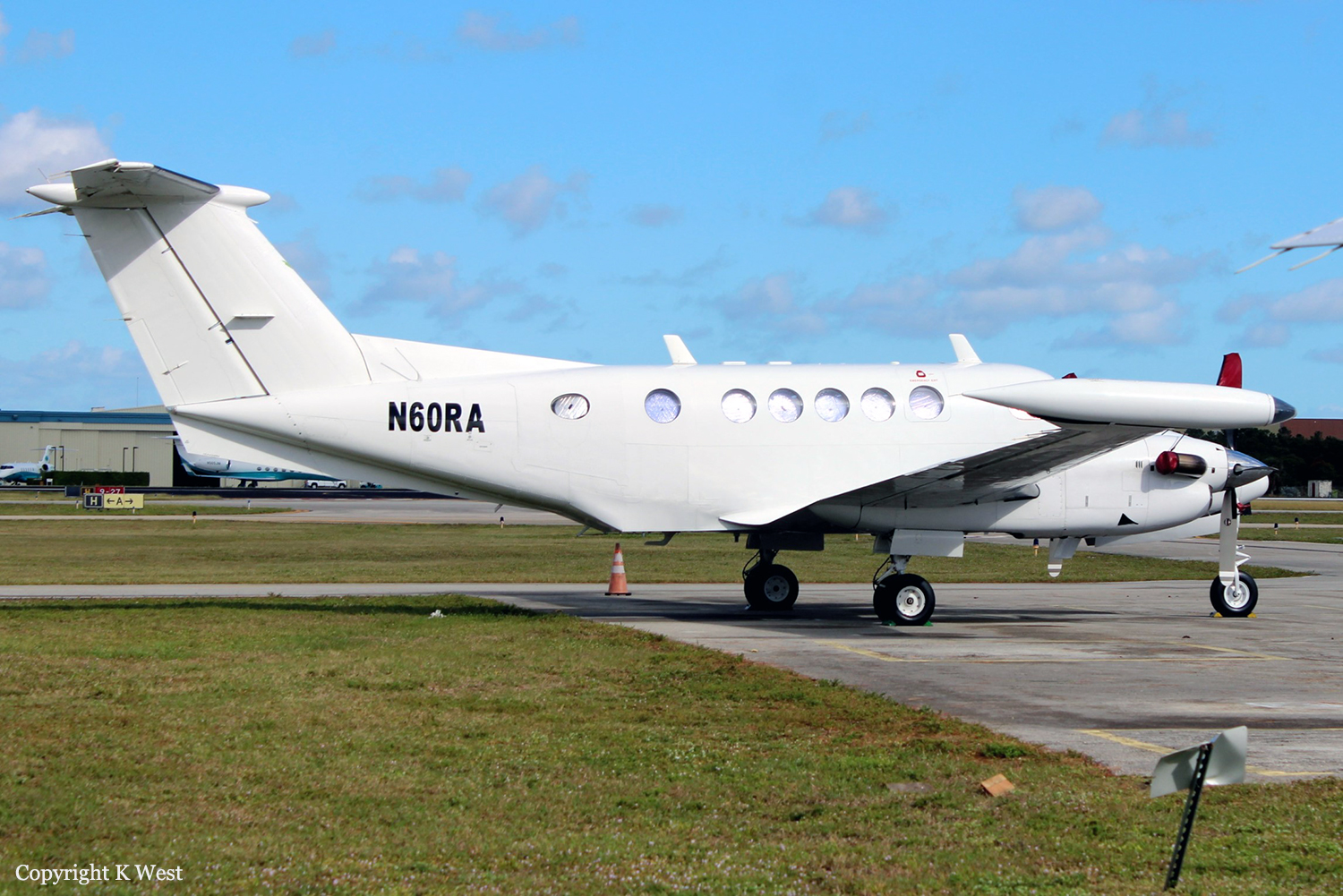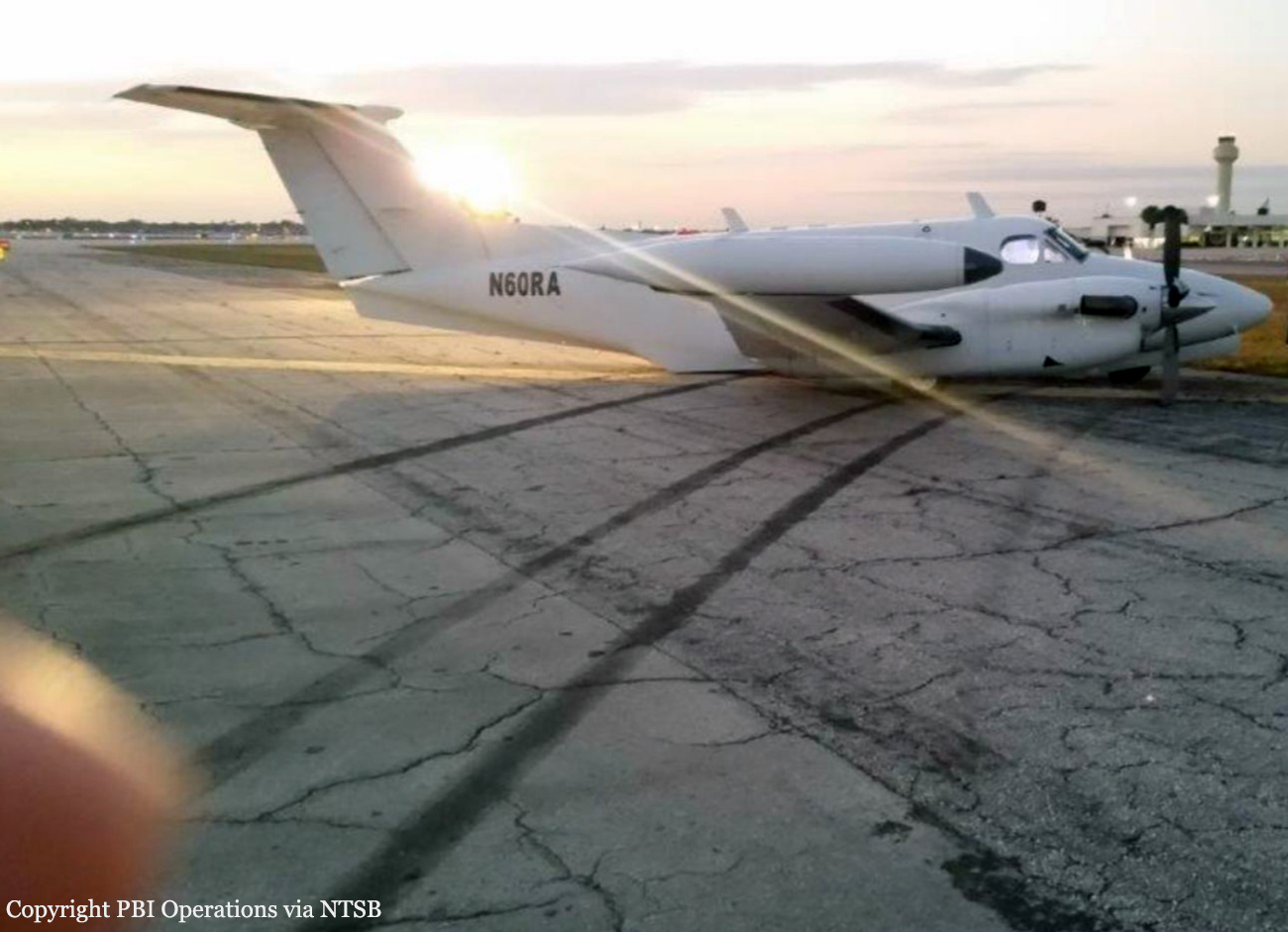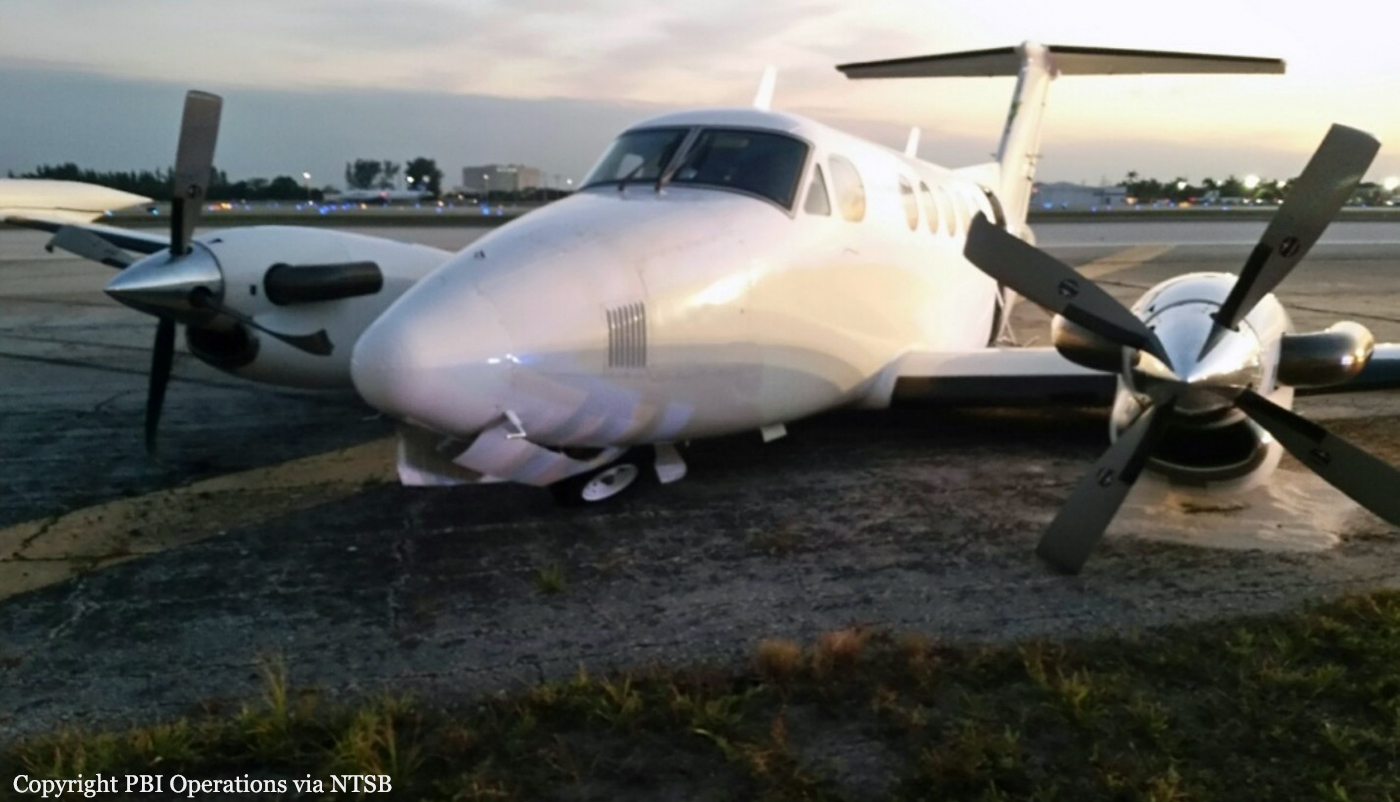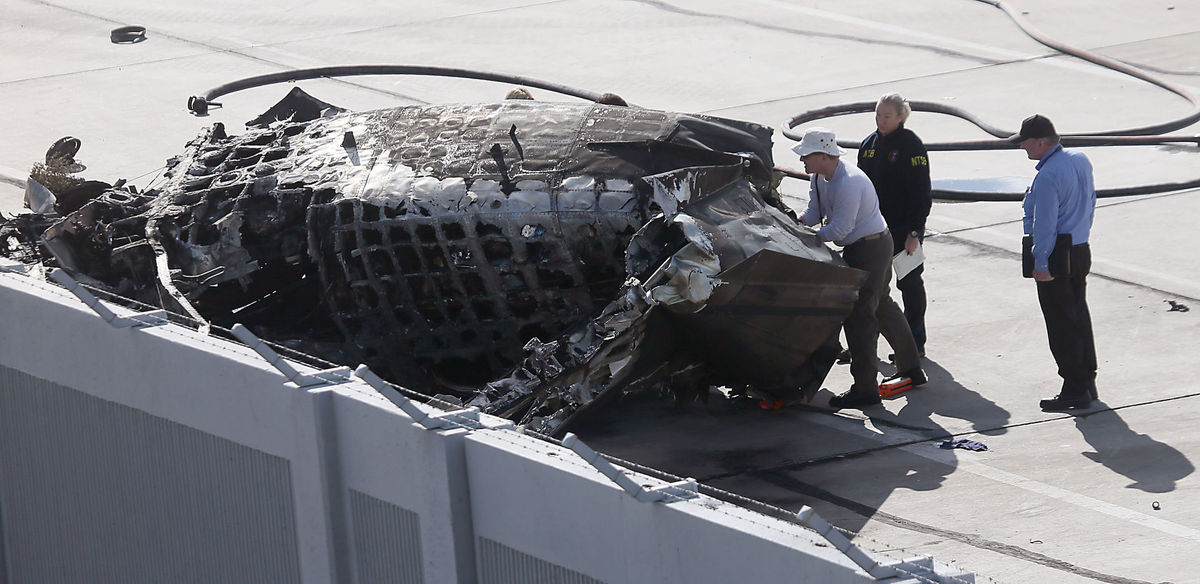Crash of a Pilatus PC-12/47 in Kamphaeng Saen: 1 killed
Date & Time:
Mar 5, 2017 at 1916 LT
Registration:
VT-AVG
Survivors:
Yes
Schedule:
New Delhi – Calcutta – Bangkok
MSN:
888
YOM:
2008
Crew on board:
2
Crew fatalities:
Pax on board:
3
Pax fatalities:
Other fatalities:
Total fatalities:
1
Circumstances:
The single engine aircraft departed New Delhi at 0842LT on an ambulance flight to Bangkok with two pilots and three doctors on board. A refueling stop was completed at Calcutta Airport. At 1903LT, en route to Bangkok-Don Mueang Airport, the crew contacted ATC and requested permission to divert to Kamphaeng Saen Airport due to an emergency. The permission was granted and the crew initiated the descent when the aircraft disappeared from radar screens at 1916LT. The burned wreckage was found an hour and 30 minutes later, at 2048LT, in a wooded area located few km from runway 22L threshold. All five occupants were injured while the aircraft was destroyed. Few hours later, the copilot died from his injuries.






